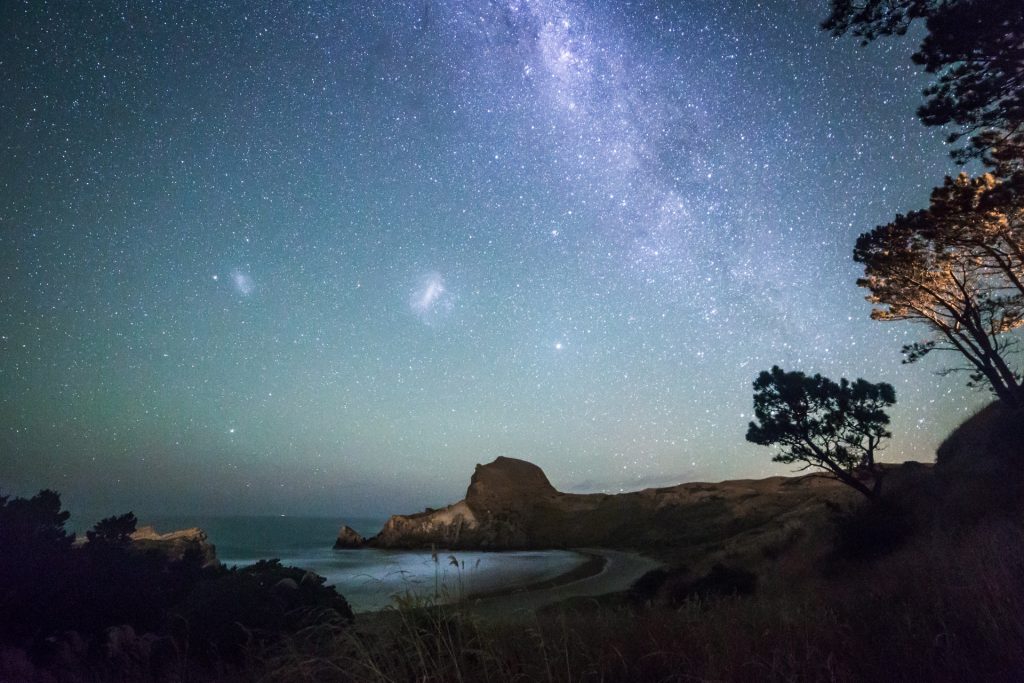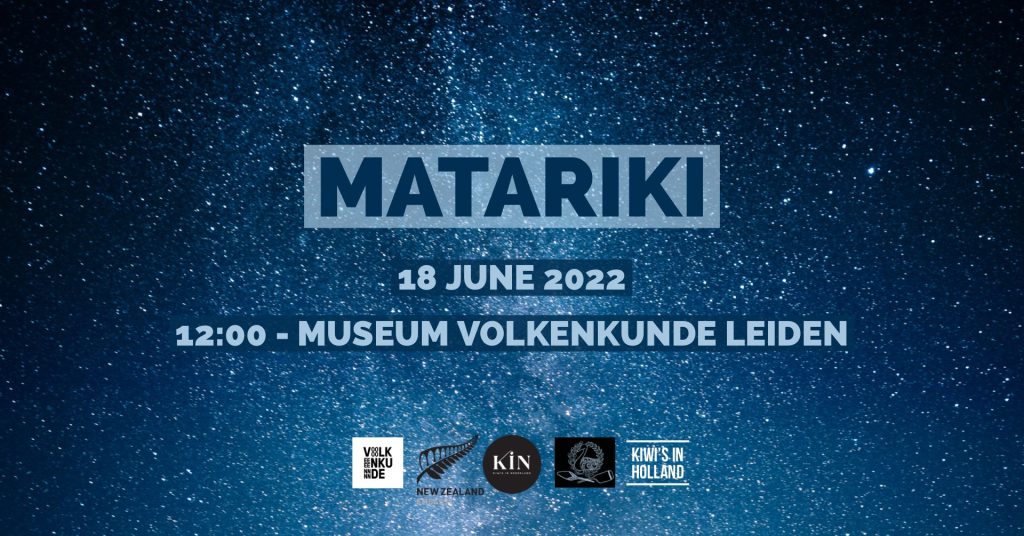Matariki may be an unfamiliar celebration for Kiwis living overseas. Many of us will know it as “the new public holiday”, to be marked this year on June 24th. But living away from New Zealand means that it’s sometimes difficult to understand the context and meaning of this new event.
And maybe that’s a good place to start. Because Matariki really isn’t anything new. It’s the celebration of New Year according to the Māori lunar calendar. It takes its name from the star cluster – Matariki, also known as the Pleiades – which becomes visible in the Southern Hemisphere each year in late June or early July.

When the Matariki star cluster rises, twinkling in the early morning sky, it is a sign that the New Year period is beginning. Traditionally, it is the time for people to gather, honour the dead, celebrate the present, and plan for the future.
Although celebrating Matariki was common in pre-European times, commemorations of the event had dwindled by the 1940s. The early 2000s saw a revival of the celebration, initially by local Iwi, then picked up by local councils & institutions such as Te Papa and Te Wānanga o Aotearoa, and increasingly supported by both Māori and Pakeha communities.
As momentum grew, Matariki gained enough popularity that in 2020 the government decided to create a new public holiday. Planned to take place every year during the Matariki period, this public holiday is not just about celebrating Māori lunar New Year, but is also the first to recognize and celebrate Te Ao Māori – the Māori World.
For a lot of us, 2022 will be the first time we celebrate Matariki outside of New Zealand (even if we don’t officially get the day off). So how should we celebrate this new event?
Most importantly it’s about community and whānau, so take the opportunity to bring your friends and family together. Traditionally, this is a time to reflect on the year that’s been (there’s a lot to reflect on this year) and look forward to a new year of positive change and energy. Many Māori also believe the Matariki star cluster cares for those who die throughout the year and when it rises again, the spirits of those passed become stars in the sky. So you might want to take a moment during the day to cherish those who have left your community or whānau during the year.
Food, sharing, and abundance are also a big part of Matariki, so plan some feasting into your celebrations. Because many of the different stars in Matariki are associated with food, and its role is to bring forth the bounty of the year, Māori give thanks to the cluster by offering kai. While you might not be able to dig your own hangi in the Netherlands, a big lunch, Champagne breakfast, or a Northern Hemisphere summer BBQ would be great ways to mark the occasion.
It’s also a great time to learn more about Te Ao Māori. Whether it’s about Māori astronomy and navigation, traditional kite making, or just singing a bit of Tūtira Mai Ngā Iwi together.
In the Netherlands, there will be an official celebration of Matariki on Saturday the 18th of June in the grounds of the Museum Volkenkunde Leiden. This is organized by Kiwi community groups in Netherlands – KIN (Kiwis in the Netherlands), the Kiwis in Holland Facebook group, and the Waka Gezelschap. It’s also supported by the Museum Volkenkunde and the New Zealand Embassy.
The day will include celebration, feasting, and Māori cultural activities – including waiata, haka workshops and paddling in the only official ceremonial waka outside of New Zealand. You can find out more about the event here: https://fb.me/e/1mEH0PI0S. Please come along, we’d love you to join us in this first official celebration of Matariki and Te Ao Māori!


0 Comments